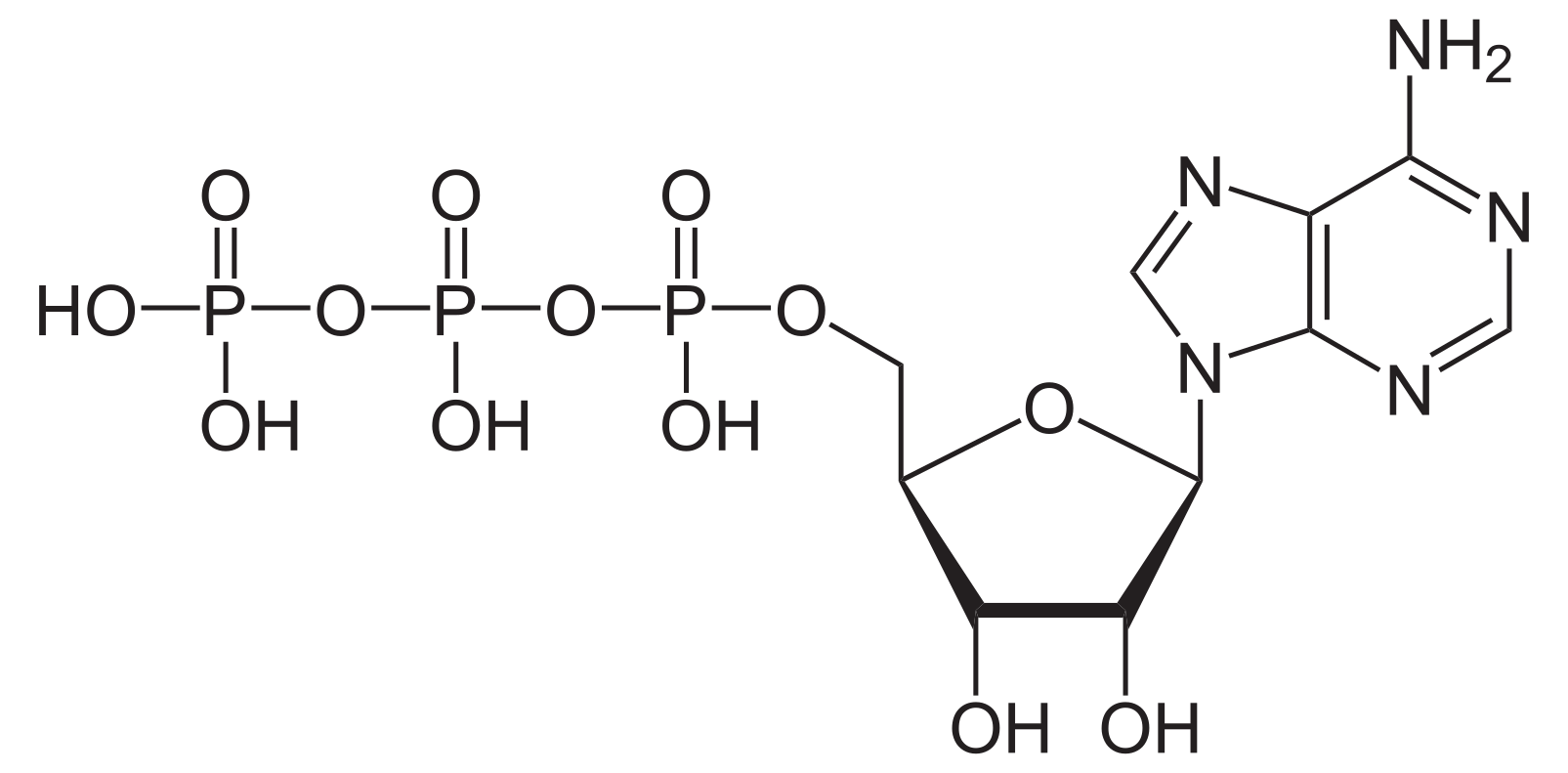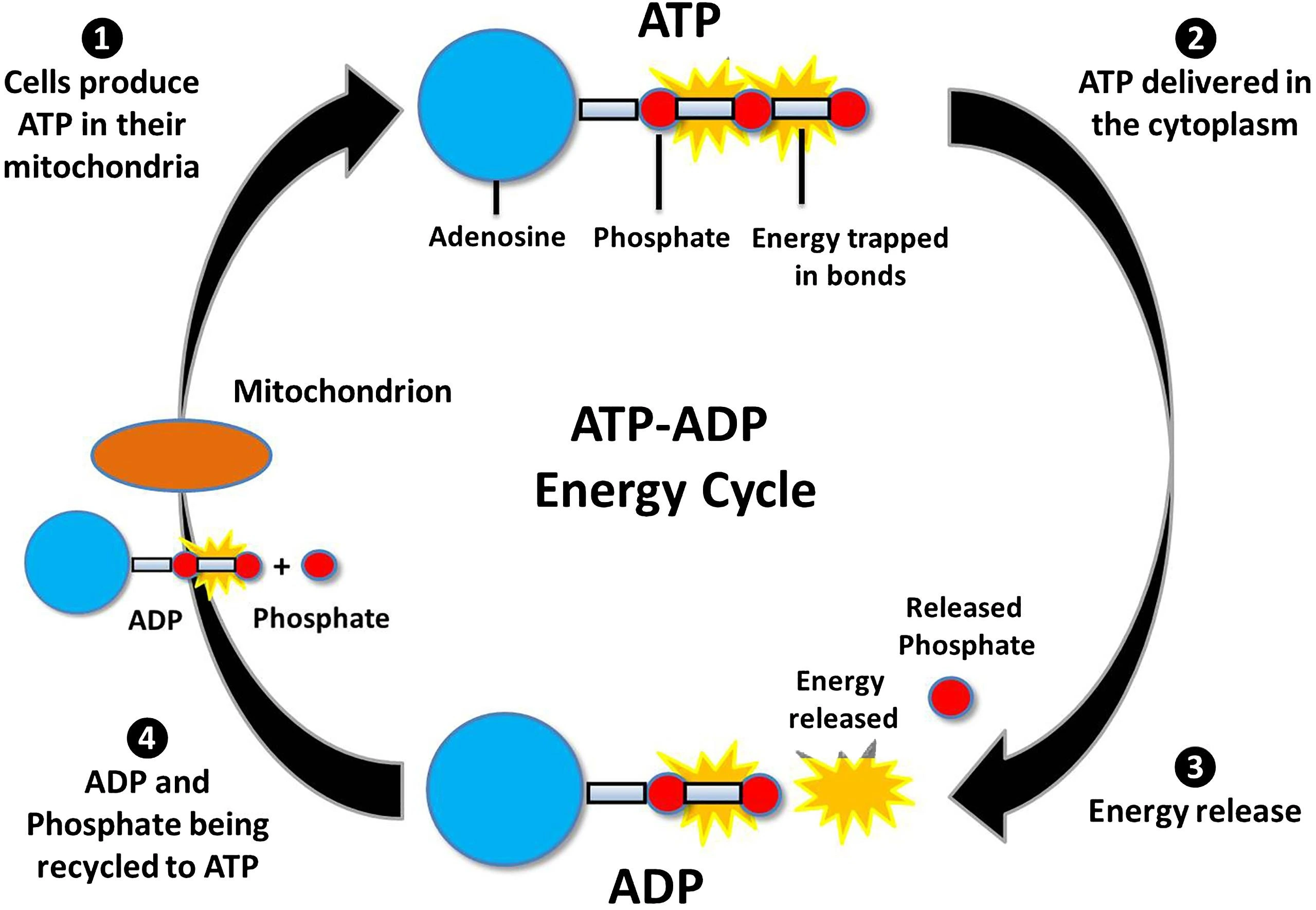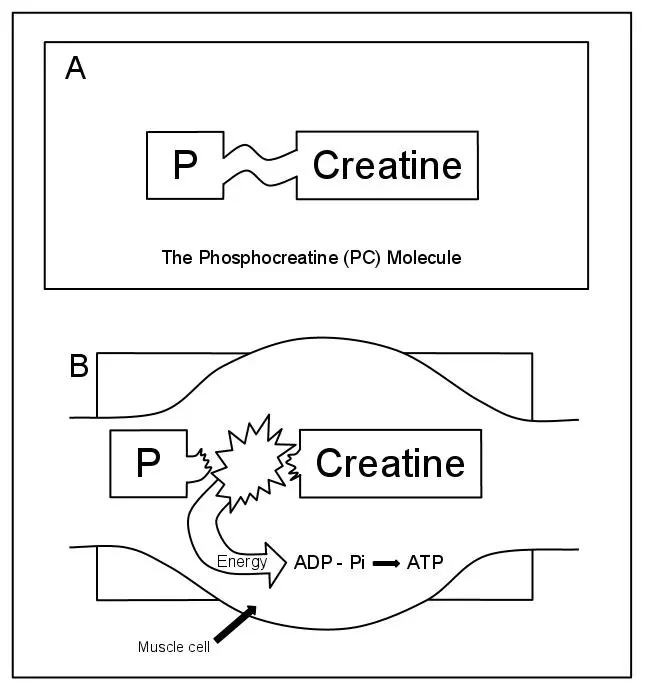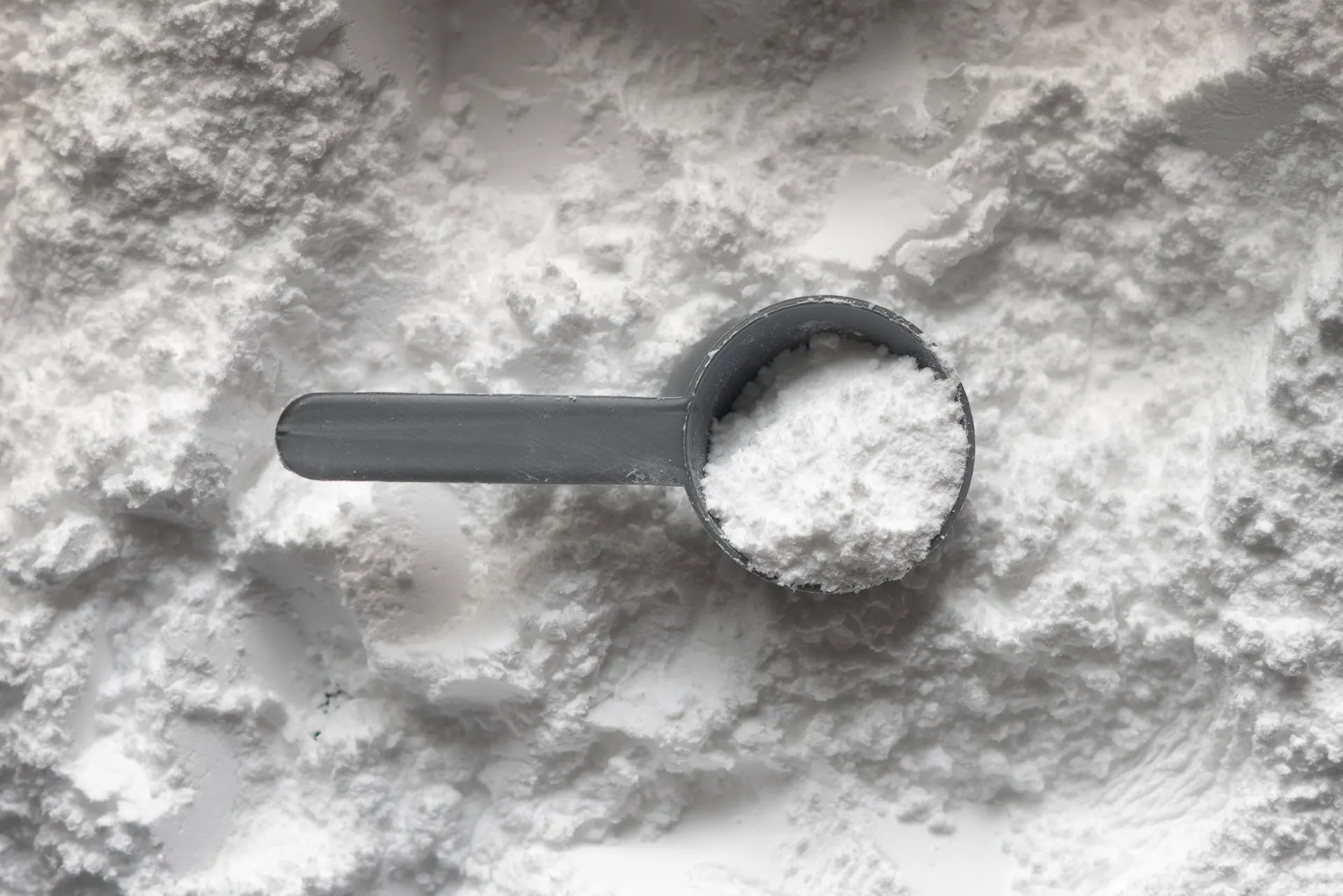No, Creatine is not a steroid. Neither it has side – effects like steroids. It’s a safe supplement that can be used by any adult or teenager. It also has been shown to help in certain medical conditions like neuro-muscular disorders, concussions, muscle loss etc. Here in this article, we will decode everything you want to know for safely consuming creatine to reap its full potential.
What is Creatine?
Creatine is a naturally occurring compound produced by the body to help muscles generate energy. It helps to increase ATP in the muscles, which in turn stores and transports energy in cells. Studies have shown supplementing creatine can help increase lean muscle mass and improve athletic performance in sports, where short bursts of power would be required, such as sprinting, jumping, weightlifting or bodybuilding. However, there is a limitation to creatine supplementation as the muscles can only store a limited quantity, and it is only effective when it is being put to use.
Research has shown that simply taking creatine will not improve performance, but requires adequate training/ workout also, to get the desired performance benefits. It can be consumed for four to six weeks with appropriate activity levels, so as to saturate your muscle cells fully with creatine.
How Creatine Works on Your body?
For this, we will have to understand the Phosphagen system and the Adenosine Triphosphate (ATP) – Phosphocreatine (PC) systems.
Our muscle tissues can hold up only limited ATP which typically can last for only few seconds. And, as you know, ATP is required for the body to produce energy, while performing rigorous exercises, this gets depleted. So how do we replenish this ATP?
ATP in itself does not produce energy. An ATP, as the name suggests is adenosine triphosphate, which means the molecule is composed of adenosine and three phosphate molecules. Adenosine again is made of adenine and ribose which together is attached to three phosphates. The energy is stored between their molecular bond.

ATP – ADP Cycle
When we exercise or do some activity we expend this energy by breaking down ATP to Adenosine Triphosphate (ADP) by removing one phosphate. This break occurs with the help of an enzyme called ATPase. This process of removal of one phosphate is called dephosphorylation. This process also releases one acidic proton (H+).

Credit – ScienceDirect.com
This process is generally followed for utilizing the energy through ATP by the body. In order to produce more ATP quickly, our body relies on Phosphocreatine molecule. This molecule is usually found in muscles and brain tissues.
How Phosphocreatine works?
Remember the ATP to ADP cycle which we discussed above. A phosphate is donated by Phosphocreatine to ADP to form ATP again. This process helps to provide instant source of energy to the body, which can last upto 30 seconds roughly. This muscle stored ATP and its Phosphocreatine is called Phosphagen system.
The entire cycle of ATP generation with PC occurs in the muscles by donating phosphate to ADP by an enzyme called creatine kinase enzyme.
Any chemical reaction that occurs in our body is due to presence of enzymes. These enzymes have binding sites specific to molecule they attach to. For e.g. here creatine kinase enzyme has specific binding site where it binds to Phosphocreatine. When phosphocreatine binds with the enzyme which is also bound to ADP, phosphate is donated from PC to ADP to create ATP and this process in turn also releases a free radical – proton (H+). As this process happens with Creatine Kinase enzyme its also called Creatine Kinase reaction.

Credits: Samuel Tiukuvaara – Own work, CC BY 3.0
What Happens When We Take Creatine?
When creatine is added as a supplement, it fills up the natural body stores of creatine in the muscles, mainly the muscles (almost 95%) and some part in the brain. Creatine is already produced by liver, pancreas and kidneys naturally from amino acids methionine, arginine, and glycine. When we have creatine pre -workout, we are replenishing the body with extra creatine which aids in PC – ATP cycle explained earlier and this in turn helps to gives us that extra energy to do some extra reps while doing rigorous workouts.
Is Creatine Steroid ?
The answer as already mentioned above is a big fat “NO”. Our body is already producing it naturally and we are already consuming it through foods like milk, meat, seafood etc. Vegans have lower levels of creatine in their body, so they would need more of this supplement, if they are into high performance sports.
Is Creatine Safe For Daily Consumption?
Yes, an average non-vegetarian is already consuming 1 to 2 grams of creatine daily through fish, red meat, milk etc which is sufficient to maintain healthy energy levels. However, if you want a performance boost while doing some heavy exercises and want to pull out some extra reps (3 to 4 ) easily, then additional 3grams to 5 grams/ day is perfectly alright.
Usually athletes who are into bodybuilding, boxing, weight-lifting kind of sports use it. Because, unless you do any of these, you will not be able to utilize full potential of Creatine for synthesizing required ATP to get that extra bursts of strength for higher performance. So if you are living a sedentary lifestyle, whatever extra creatine you consume, would ultimately go down the toilets through your urine.
Further, it’s very important to consume a lot of water when you have creatine to make the best out of it. Creatine pulls up water into your muscular cells after exercise, so, it’s very essential to be hydrated adequately for it to work the best.
Recommended Safe Dosage of Creatine
3 grams to 5 grams/ day is good enough to saturate your muscles within 3 to 4 weeks. Though it’s a long and slow process to saturate your muscles, its safe and most recommended.
However, top athletes have been seen loading themselves with Creatine at the rate of 20 grams/day over a period of 5 consecutive days to quickly reach this saturation within a weeks time. This quick way is not recommended as it unnecessarily puts more stress on your kidney and lever. Moreover, studies have shown that people who load up creatine at such high rates, are seen to have bloating and cramping issues as well.
A word of caution for people with existing kidney or lever problems – Please consume creatine only after consulting with a medical professional or a physician.
What is a Steroid?
Steroids are compounds containing a common structure – four cycloalkane rings in a group. One sterorid molecule comprises of 3 cyclohexane rings and one cyclopentane ring.
You would be surprised to know that even cholesterol, which we all know, later turns into steroid hormones like testosterone and estrogen.
But actually speaking, steroids are compounds which refer to the anabolic compounds that act as natural hormones inside our body. For e.g. bodybuilders inject themselves with artificial testosterone like Ethanoate or Cypionate, or something which makes the body produce more of body’s natural testosterone by injecting compounds like Dianabol or Winstrol. Of course, this comes with lot of side – effects and health risks such as Gynecomastia (breast tissue growth), liver damage, acne problems, erectile dysfunction, hair loss to name a few.
Bottom Line
Creatine and Steroid both are totally different compounds. They have different chemical structure and they affect the bodies in different ways. While Creatine is a safe compound which is primarily used for athletic performance, Steroids on other hand are used for gaining muscle mass by altering natural hormones and rapidly increasing muscle protein synthesis, which is very unsafe, and comes with many side effects and health risks.
Top Reads: Complete Guide to Lean Muscular Body, Best Lower Glute Exercises

